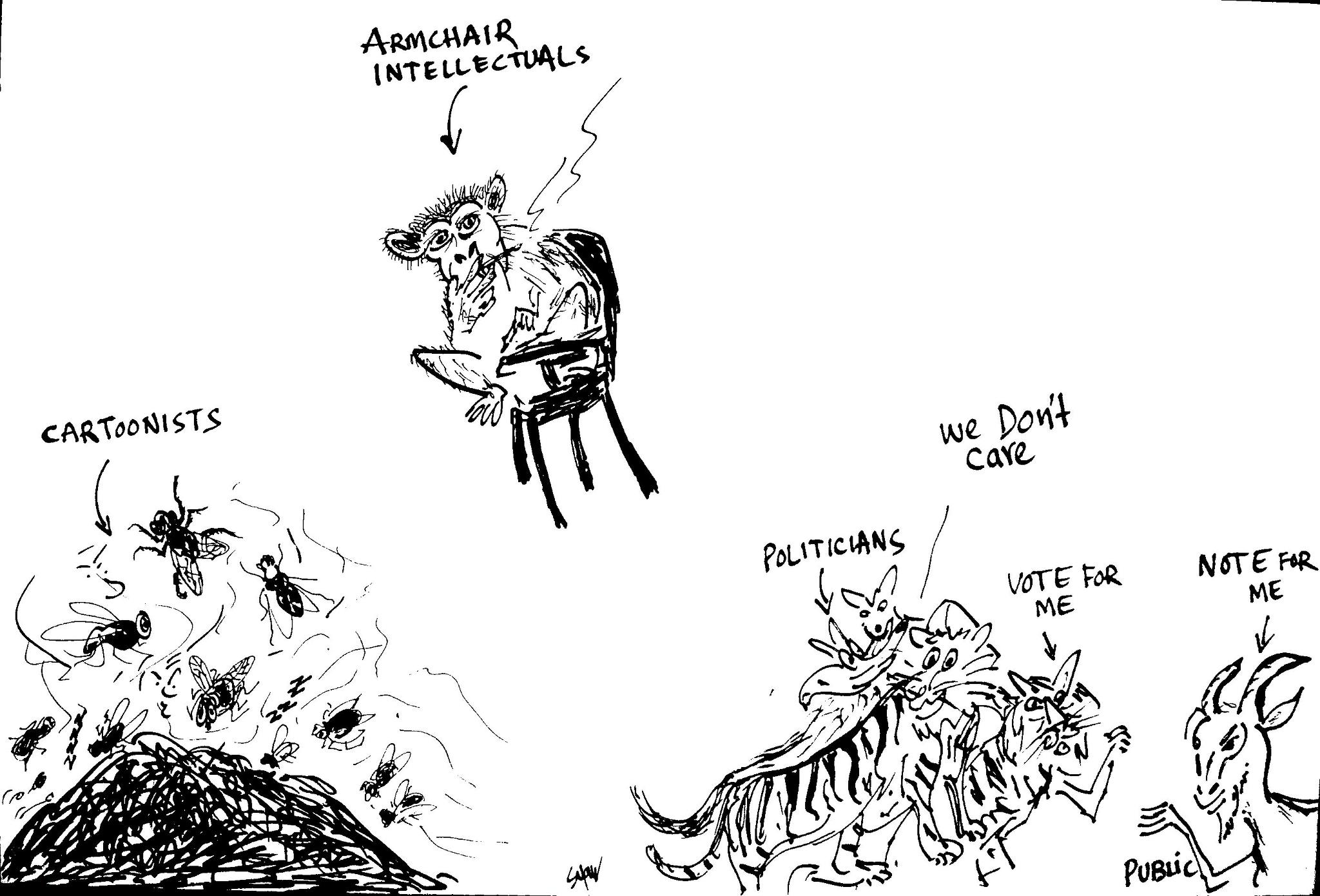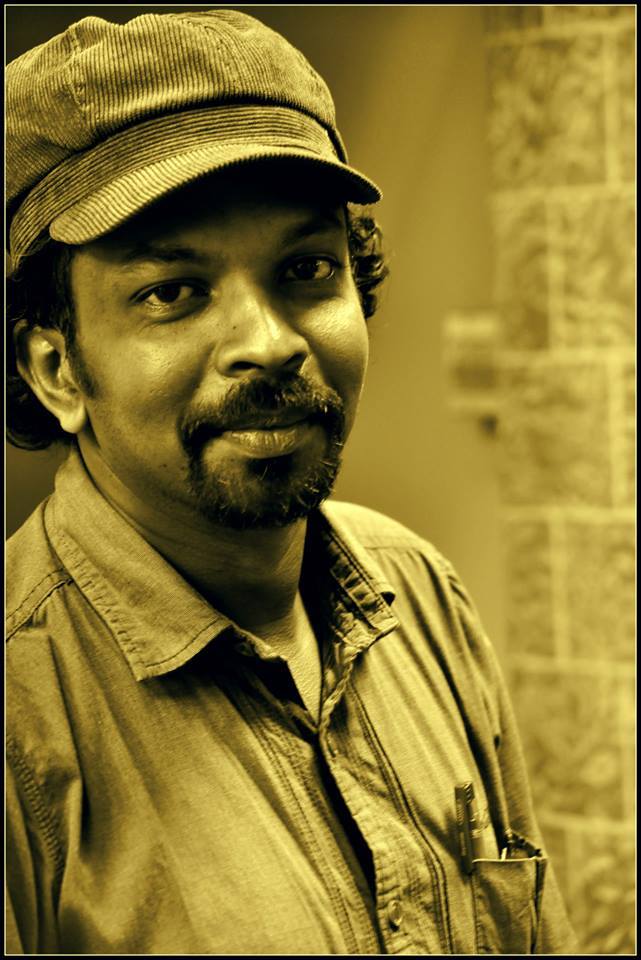Dr. Narendra Kumar Arya
 I measure the progress of a community by the degree of progress which women have achieved.
I measure the progress of a community by the degree of progress which women have achieved.
~ B.R. Ambedkar, Writings And Speeches
“Freedom of mind is the real freedom. A person whose mind is not free though he may not be in chains, is a slave, not a free man. One whose mind is not free, though he may not be in prison, is a prisoner and not a free man. One whose mind is not free though alive, is no better than dead. Freedom of mind is the proof of one’s existence.”
~ B.R. Ambedkar, Writings And Speeches
Mainstream media and Social media are exuberant with Tina Dabi’s success in UPSC Exam of 2015. She is the first Dalit person to emerge as UPSC topper. That indeed is a very admirable achievement, more so because she hails from a chronically estranged, persecuted and discriminated Dalit community. She is an example of triumph against extreme denial and discrimination in a caste-contaminated society. Her iconic achievement is real and emancipatory at the same time in reference to two quotes of Babasaheb at the beginning of this essay. But to a radical Dalit and a true Ambedkarite intellectual, the singularity of this event to celebrate the cause of ‘rare’ intelligence and capability among Dalits should come more as an opportunity to reflect on the low level of self-esteem amongst us and reinforce a belief in the natural equality of Homo sapiens. Why do we tend to, and need to demonstrate that we are as intelligent and wise as caste-privileged people? We are, first and last, only humans, and nothing less. It reminds me of the words of iconic African-American abolitionist John S. Rock who was the first black person to be admitted to the bar at the Supreme Court of the United States. Rock would coin the term “Black is Beautiful” during a speech in 1858, reintroduced in the writings of South African anti-apartheid activist Steve Biko in his book, the “Black Consciousness Movement” in South Africa and later redefined by legends like Malcolm X, Frantz Fanon, Marcus Garvey and Elijah Muhammad.
The symbolic aspect of Tina Dabi’s victory cannot cover the naked and obscene acts of the brahminic system which leaves no opportunity to discover the potential of individuals who are disadvantaged due to social inequalities, caste-hierarchies and affiliations. We have not forgotten the murderous acts like that of Rohith Vemula. The material and immaterial dimensions of brahminism are always, in practice, interconnected. Discursive and invisible practices through which brahminism has always dominated intellectual space of Indian society may reinforce, contradict, conceal, explain, or explain away the materiality or the history of a given situation.
The present generation of ‘human animal’ is known biologically as Homo sapiens or ‘intelligent man’, intelligence is its signature, embedded in its nomenclature. We, as a part of universal human society don’t need to prove our intelligence now and again. This is a fact that has been established by science. We are at not war with nature or science. We know what the truth is. Our enemies are the social systems of hegemonic power – caste, intellectual, cultural, economic and political – controlled by the elites. That’s why Dr. Ambedkar observed,”turn in any direction you like, caste is the monster that crosses your path. You cannot have political reform, you cannot have economic reform, unless you kill this monster.”1 This monster needs to be killed. It is parasitic. It sustains on the life blood of the oppressed otherwise justified in various names. We all are intelligent and equally endowed by nature to perform any act any human can undertake irrespective of our colour, creed, caste or place of origin in any part of the universe. Our attack has to be on the disintegration of the system that breeds, cuddles, perpetuates and justifies horrible discrimination and inequality in various intellectually–neutral sounding words. Merit is one such concept; others are genetic advantage, intellectual inheritance, caste or colour-based superiority and many others. In the bragging behaviour of the elite, merit is frequently presented as a metaphor to biological attributes. To simplify, it is believed to be ‘pure blood’ that had flowed in the arteries of Nazis, Fascists, Brahmins , Nordics etc. and other kinds of racists . This biological vanity is the disguised rationale behind the supportive ideologies of meritocracies, and merits as the ultimate acid test of existing liberal societies.2
It will not be out of place to cite the case of Sri Achyutananda Das. He was the country’s first dalit to become the IAS in 1950 itself. What is even lesser known is that he was topper in written examination of his batch. But, brahminic system never cared for his wonderful feat at defeating all odds, rather took up it as a challenge against destruction of their impugned and fragile intellectual superiority built on flimsy ritual authority and dominance. Mr. Achyutananda Das, from West Bengal, secured 613 (58.38 per cent) out of 1050 marks in written examination. But the discretion, alias discrimination for sake of simplicity in our caste ridden land, played its part perfectly for caste hegemons. The person who had secured so high an aggregate in written examination was reduced to a non-entity. He was offered only 36% marks in interview, where brahminic individuals evaluate other people on parameters like clothes, colour, family figures etc that indicate social position, in contrast to desirables one like mental aptitude, agility, personality, sense of social awareness etc. His infinitesimal offering of 36% did not stand a chance against wars of 88% marks and the like to dwija candidates. He was denied the fair opportunity to be a topper. Mr. Achyutananda was the last man in the list of qualified candidates recommended for appointment in the IAS reduced to 48th position3. Was he lacking in the intelligence and calibre as a Dalit individual or did he fall victim to the system of caste, which every day empties, degrades and demoralises people on the disadvantageous side of caste just because they belong to a particular social group.
Various studies have established that even the neutral-appearing ‘corporate world’ is brimming with caste-discrimination. In a study conducted by Prof Sukhdeo Thorat and Paul Attewell, it was established that even at the initial stage of job application like responding to job advertisements, caste and religion plays significant discretionary exclusive effect. Resumes with Dwija or so-called upper caste names are positively selected compared to exact resumes without such surnames and carrying indicators of low caste affiliation.4 This could be attributed to general hegemony of caste elites everywhere – in corporate and non-corporate job market. Another paper finds that this exists, on the basis of a research on the lack of diverse caste composition and its dominance by traditional caste people in corporate board room. “An examination of the caste diversity of Indian corporate boards of a thousand top Indian companies – accounting for four-fifths of market capitalisation of all companies listed in the major stock indices in India – measured by the Blau index shows that their median score for 2010 is zero, indicating that there is no diversity at all. Indian corporate boards continue to remain “old boys clubs” based on caste affiliation rather than on other considerations (like merit or experience).”5 The fact that dwija caste professionals tend to mentor new entrants and favouritism-based referrals of their own caste is a common practice.
Merit as a social conception is one of the means for justification of present systems operating on infinitesimal social support and large scale economic disequilibrium along with persistent implicit failures and contradictory confines. It is wooed with same passion as money in societies contemporary. Merit is one of the strongest legitimising force or conception devised by its adherents to hoodwink others while promoting their inherent power agenda. Often merit is thrown as a challenge to society by the elite. It is a regular working mechanism by which the ruling elite tame the desires or proper rights to improve their situation of the common masses. In its challenging character is implied the meaning that the merit is not a thing of masses; so better, they be satisfied with their present fate and fatalistic destinies, in common parlance. The colloquial universality of the embedded mechanism of merit is that it cannot be attained by one and all but the chosen few. Societies based on the principles of capitalism proclaim that merit is as freely available as freedom in their societies. So going by that logic every individual has easy access to it. It is attainable. But in their simplistically seeming contrived hypothecation, they muddle the way freedom grapples with justice and equality.
American and Indian democracies are very interesting societies to study the fallacy of concepts like merit. One American philosopher observes that “slavery, racial segregation, and racism left a large and lasting legacy. They scarred American history, and they continue to frame our country’s self-understanding. Only in the last half of the twentieth century did Americans, awakened to the enormity of the injustices of racial oppression, undertake serious reform of their political and social institutions. At no point in that long process did changes come easily or without controversy and, more often than not, violence. There have been changes, but it is far from agreed how much change has taken place, how far we have left to go, or what policies should now be pursued.”6 What is true about race in America is relatable in some ways to India in terms of caste based segregation and bloodshed. The ambitions of Dalits in India are not confined to symbolic achievement alone, but extends to the elimination of systematic differentiation and estrangement. Very little has been achieved so far in terms of concrete empowerment. Public institutions are filled with caste hatred and violence. Every day, many succumb to death, rape, violence and injustice on account of a society which is morally bankrupt. A society like this has no hope for Dalits to relish the continued euphoria on account of individual accomplishments.
Difference is a marked phenomenon in the scheme of universe, visible in its entire animate and inanimate world. Two things are never identical but their distinctiveness does not provide a rationale for discrimination, vertical ranking, inculcation of the sense of inferiority and superiority, oppression and prejudice. What is the essence of humanity? Is not it a feeling and bond of being one irrespective of geospatial or ethnic variability and heterogeneity? Despite that, we see no dearth of people, projects, ideological apparatuses and institutions that vehemently believe in, and propagate discrimination, hatred, violence and conflicts. Inequality, discrimination, injustice, oppression, social prejudice and communal hatred is abundant and manifest in many forms; this is more true and stark in societies like ours which are like living social fossils of primitive minds and mentality. Instead of attempting and cooperating in annihilating the dead culture and its ideological apparatus which are antithetical to the spirit of democracy and the progressive constitution, an instrument to reform their obstinate conscience, the elite are not yet mentally ready to be reformed. Now and then, they put forth new polemical devices to reinstate the status quo or ‘glorious past’. Merit and meritocracy – as substantial basis of operation of contemporary society and democracy – are social realities but they are not egalitarian systems of existence.
~
Notes
1. Dr. B R Ambedkar, Annihilation Of Caste, Selected Works of Dr BR Ambedkar, pg. 95.
2. Narendra Kumar Arya, Dissecting The Myths Of Merit And Meritocracy,@ http://www.countercurrents.org/arya150113.htm)
3. Source : UPSC Pamphlet of IAS, etc. Examination [Part I] 1950-51. @http://www.ambedkar.org/research/Caseof.htm).
4. The Legacy of Social Exclusion: A Correspondence Study of Job Discrimination in India’, Sukhadeo Thorat and Paul Attewell, Economic and Political Weekly, Vol. 42, No. 41 (Oct. 13 – 19, 2007), pp. 4141-4145)
5. D. Ajit, Han Donker, Ravi Saxena , Corporate Boards in India Blocked by Caste? Economic & Political Weekly EPW August 11, 2012 vol xlvii no 31, pg 39-41).
6. Arthur, John (2007). Race, Equality, and the Burdens of History. Cambridge, UK New York: Cambridge University Press. ISBN 9780521704953
Narendra K. Arya is a poet,writer and formerly college teacher. His work has featured in the most reputed Hindi literary journals and many international webzines. Nominated by web magazine ‘Camel Saloon’ for best poem published on net for year 2013-14. Blog: www.antidote.blogspot.com & email:
mail.naren_ary@yahoo.com










